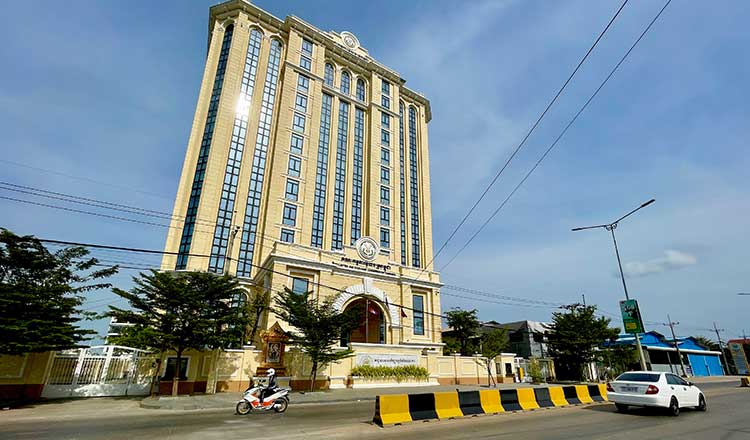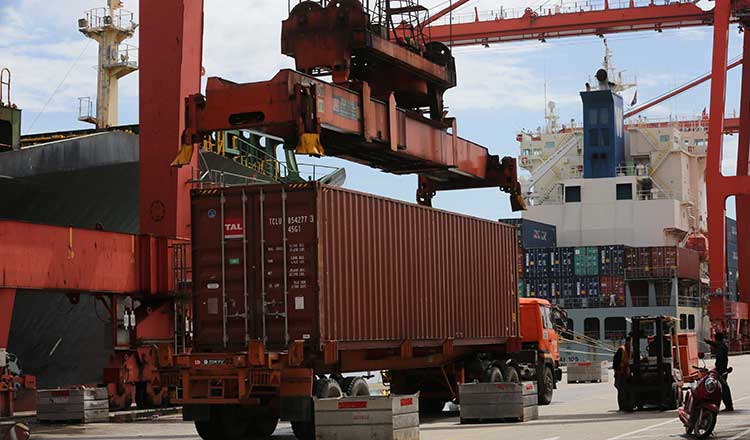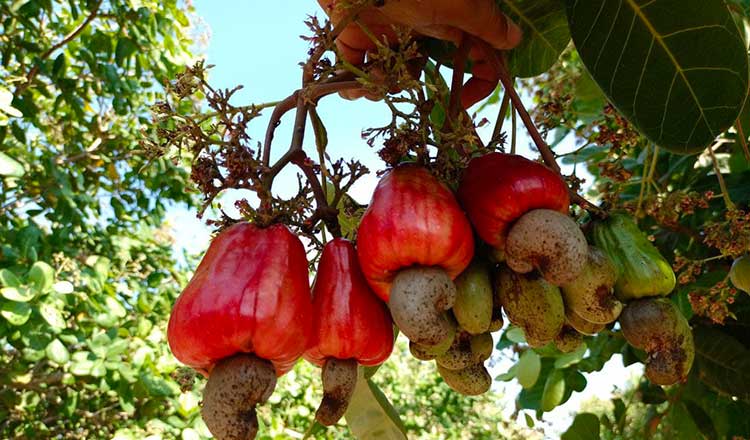Bank credit growth slows, but deposits up 13% to $52B
Bank credit growth slows, but deposits up 13% to $52B
Cambodia’s banking system continues to be resilient in both capital and liquidity, although credit quality and profitability have declined, said the National Bank of Cambodia (NBC). Loans have increased 2.6 percent to 238.1 trillion riel ($59 billion), while deposits have increased 13.4 percent to 209.9 trillion riels ($51.9 billion) for H1 2024.

The banking industry seems to be headed for further slowdown in 2024, unless the demand for loans picks up in the latter half of the year. Banks saw record low loan growth of 2.6 percent in the first half of 2024 to $58.9 billion. In 2023, the banking industry hit its slowest credit growth in two decades when it hit 4.8 percent to $57.6 billion. Banking has been impacted by the downturn in the economy post-Covid, the Russia-Ukraine war and the real-estate crisis in the country.
The NBC attributed the slow credit growth to weak recovery in some sectors of the economy. “Credit quality and profitability have declined as fund costs have risen and credit growth has slowed due to the weak recovery of some sectors of the economy combined with prudent lending of banking and financial institutions.”
Banks have had to be cautious in their lending as their bad loan book has ballooned with the real-estate crisis. Non-performing loan (NPL) rate was as high as 5.4 percent in 2023.
Bankers, however, say that the real situation is better than how the headline numbers sound. Be it – the credit growth of 4.8 percent in 2023 or 2.6 percent in the first half of 2024 – this figure, bankers say, is the combined figure of loan growth of microfinance institutions (MFIs) and banks.
If one were to only look at bank credit growth the numbers might prove more reassuring, said bankers. “For 2023, NBC reported credit growth of 4.8 percent. But if you looked at only bank growth numbers it was 14 percent. The credit growth of the banks at 14 percent was higher than microfinance but was still much lower than in previous years. However, this level of growth is healthy and more sustainable,” Rath Sophoan, CEO, Maybank and Chairman, Association of Banks in Cambodia (ABC) told Khmer Times.
Going forward for 2024, banks might end the year with 10 percent credit growth, said bankers. “Given its relatively large base, growth numbers going forward should be around 10 percent or around two times of GDP growth rate, reflecting the level of market maturity and is more sustainable in the long term,” said Sophoan.
Analysts have predicted that the banking growth of the past 20 percent is no longer possible. Yuanta Securities, in a report said, “It is important for Cambodia’s banking sector, as the major domestic lender, to be mindful of the growth rate and maintain a sustainable ratio moving forward. For example, the local private sector still has room for double-digit growth of 10 percent for the next five years then continues to grow at the expected rate of nominal GDP growth of approximately 7 percent, while maintaining the adjusted ratio at around 140 percent.”
The NBC report said, that while loans have increased 2.6 percent to 238.1 trillion riel ($58.9 billion), deposits have increased 13.4 percent to 209.9 trillion riels ($51.9 billion) for H1 2024. NBC said, “The banking system continues to be resilient in both capital and liquidity.” And bank capital increased by 9.7 percent to 40.1 trillion riels ($9.9 billion) for the first half of 2024.
Banks closed the first half with 21.3 million deposit accounts and 4 million credit accounts. The report also said banking assets increased 14.4 percent compared to last year to 328.5 trillion riels ($81.3 billion).
When it came to loans given to key sectors in the economy – retail trade, home loans, real-estate and construction loans – saw decent growth, while other sectors were less robust growth. NBC data showed, retail trade was up 17.4 percent, home ownership 12.6 percent, real estate 11.3 percent, personal loans 10.1 percent, construction 9.7 percent, agriculture, forestry and fisheries 8.9 percent, wholesale trade 8.8 percent, manufacturing 4.4 percent, hotels and restaurants 3.8 percent and others 13 percent.
But then credit growth in the later half of 2024 could also be impacted by loan defaults and the cautious stance of loans. As data shows, more loans are at risk of turning delinquent in the coming quarter. Year-to-date, non-performing loans (NPLs) have risen 23 percent to $3.19 billion in May 2024 from $2.60 billion as of December 2023.
NPL rates for 2023 were concerning enough – with banks reporting 5.4 percent NPL rate and MFIs 6.7 percent. But, this is set to go up. As NPL rate for banks was up to 5.50 percent as of May 2024 from 4.52 percent as of December 2023; for MFIs it was up to 6.23 percent this May from 4.87 percent last December.
The sector defines loans that have been left unpaid for more than 90 days as being delinquent. And by this definition, loan defaults could increase. Loans that were unpaid for 30 days or more were up 28 percent to $4.39 billion in May 2024 from $3.44 billion in December 2023.
Another trend is that while bank growth is expected to be higher than MFI growth in 2024; so is the proportion of bank loan defaults compared to MFIs. Data shows, the bulk of loans set to default are from the banking industry. About 88 percent or $3.87 billion of the loans that had been left unpaid for 30 days and more were from banks. The remaining 12 percent or $470 million were from the MFI industry. These loans, likely to default, formed about 7.69 percent of the industry’s loan book in May 2024 up from 6.04 percent in December 2023.

























